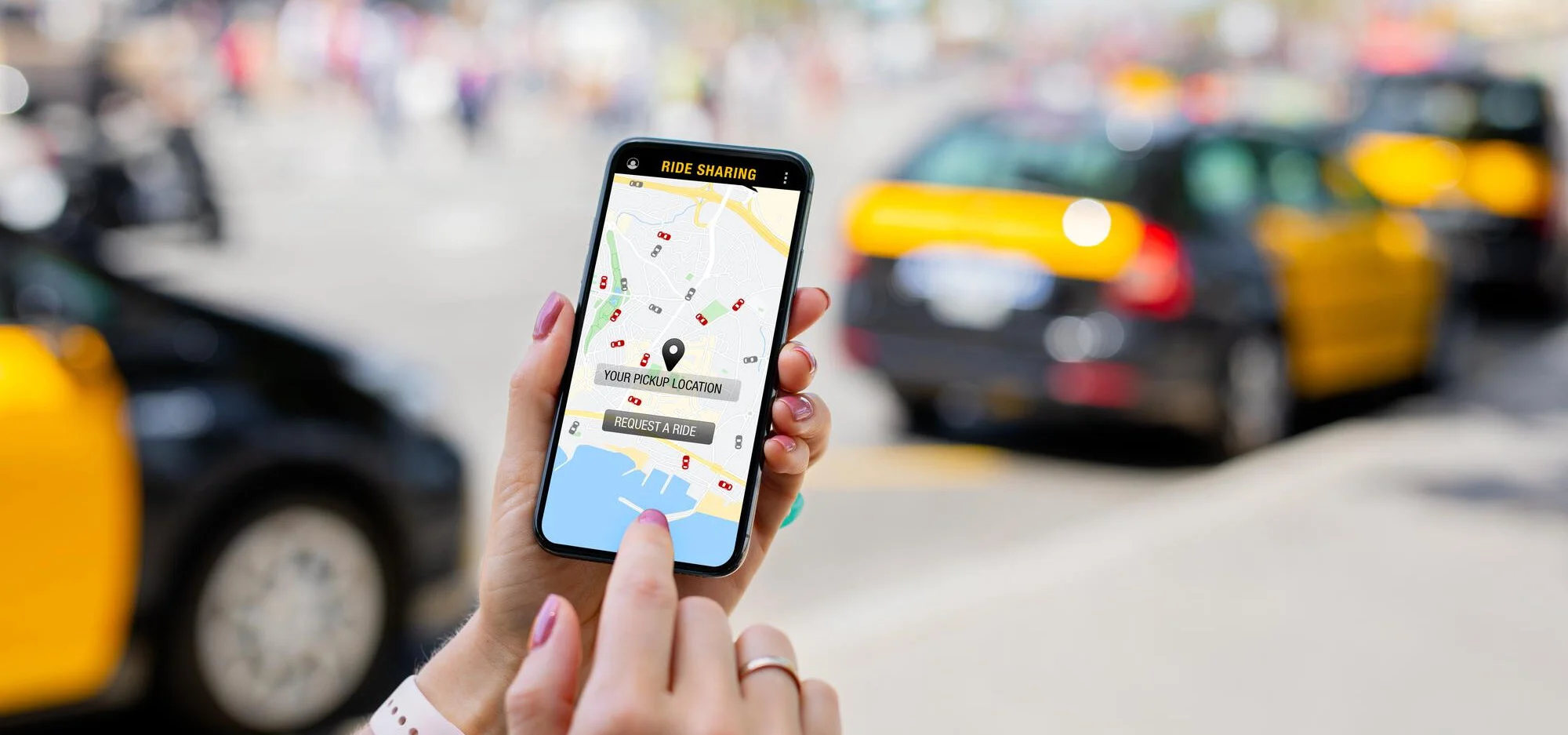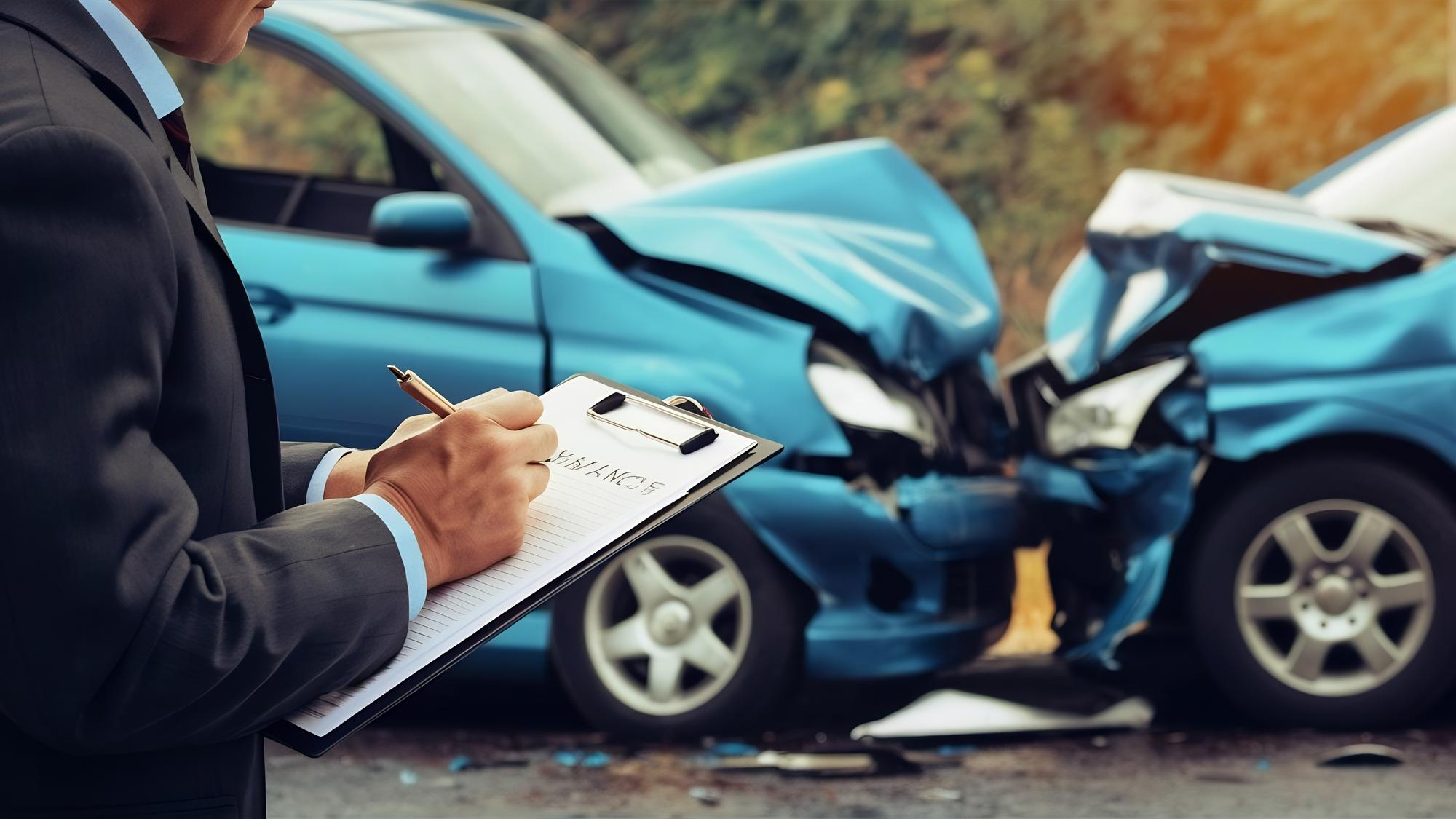There are only 12 states in the country that are considered no fault states in regard to car accident laws. The other 38, including California, are considered at fault states. This means that when a a car accident occurs in California, the driver who caused the accident is responsible for the damages. Because these laws are determined on a state by state basis, it is important to know the specific rules and regulations of the states you live and drive in.
At Fault vs No Fault States
At fault and no fault policies determine who pays for what damages. Generally speaking, the payments will be made through the respective insurance companies. In no fault states, all parties would primarily use their own policies. In at fault states, the policy of the at fault driver would be the one utilized.
What is an At Fault State?
In California and other states that follow at fault standards, the facts of the accident are submitted to the insurance companies who then determine liability. If one party is found to be at fault, then their insurance coverage could be used to pay for any injuries and possibly property damage for the other party. If there are multiple vehicles involved in an accident, one party may be found responsible for the entire accident, or multiple parties may share fault. If fault is unclear or contested, it may take time for an investigation to be completed which will delay the victims of the accident receiving compensation for the injured party.
What is a No Fault State?
Parties involved in an accident in a no fault state would only be protected by their own insurance coverage. Each person files a claim under their own policy regardless of which party caused the accident. This can often lead to the cost of insurance premiums to be much higher for everyone because the odds of the insurance company having to pay out are increased. If someone in a no fault state suffered severe injuries or permanent disability, they may still be able to file a lawsuit against the other party if they can prove liability.
No Fault vs At Fault Car Insurance Requirements
Auto insurance companies in no fault states require their drivers to have a certain amount of personal injury protection coverage. This is to compensate them for damages in the event that they are injured in a car accident. In at fault states, auto insurance companies require their drivers to have a certain amount of liability insurance coverage. This is to compensate other drivers or pedestrians for when they are injured or sustain property damage in a car accident caused by the policy holder or one of their insured drivers.
How Does Auto Insurance Work in an At Fault State?
If you are injured in a car accident in an at fault state and the other party was at fault, you would need to make a claim with their insurance company. If they determine that their insured was indeed at fault, then they will negotiate compensation to be paid from the liability coverage. Sometimes, there may need to be investigations conducted to determine fault and liability. If the damages amount to more than the policy covers, or the driver was not insured at all, the injured party may need to seek out alternative ways to receive compensation. One of the best ways to ensure compensation in these circumstances is to have an additional uninsured / underinsured motorist (UM/UIM) coverage policy. This is typically recommended for all drivers to ensure they have a way to recoup damages if the at fault driver’s insurance is incapable of paying. In the worst case scenarios, where the at fault driver’s policy has paid out its limit and there is no underinsured policy, the victim of the accident would have to file a personal injury lawsuit against the at fault driver to try and secure compensation directly from the at fault driver’s assets.
Minimum Auto Insurance Requirements in California
Since California is an at fault state, all drivers must have liability coverage of at least:
- $15k bodily injury coverage per person
- $30k bodily injury coverage per accident
- $5k property damage coverage
Some drivers may choose to have higher coverage than legally required as a precaution. There are also many types of coverage available that are optional. UM/UIM coverage as well as Medpay coverage can be useful if the other party is not sufficiently insured. Collision coverage will cover property damage sustained to your vehicle in an accident regardless of who was at fault, but it often comes with a deductible. Comprehensive coverage will cover property damage sustained to your vehicle in situations such as vandalism, theft, and acts of nature.
What to Do if You Get into a Car Accident in California?
If you are involved in a motor vehicle accident, the first thing you want to do is check if you or your passengers are injured and ensure your safety. If emergency services are needed, call 911 for assistance. Then you will need to exchange information with the other driver if possible. This includes sharing your driver’s license and auto insurance card information. Take photos of the scene and any property damage and see if any bystanders witnessed the accident. If the police arrive at the scene, ask them about getting a copy of the report. You may have to file a report yourself online instead. Even if there are no apparent injuries, it is still recommended that you seek medical attention as soon as possible because internal injuries may not show, and the pain may be delayed due to the adrenaline caused by the crash. Only a medical professional can evaluate your situation properly and they will be able to create a documented paper trail of the emergence of your injuries so they can be tied back to the accident to support your personal injury claim. Claims will need to be filed with both insurance companies if there was any property damage or bodily injury. If you were injured and the other driver was at fault, you will want to speak with an attorney to discuss your options.
How to Prove Negligence in an At Fault State
When trying to prove negligence in California or other at fault states, there are several elements that all must be evident:
- Duty – There was a duty of care owed, meaning it was the defendant’s responsibility to prevent the plaintiff from being harmed by their actions. In the context of auto accidents, drivers have the responsibility of following road laws to ensure the safety of other drivers and nearby pedestrians.
- Breach – There was a breach in that duty of care. Breach of duty in an auto accident case typically occurs when a driver breaks laws which can include the driver being intoxicated, texting while driving, or running a red light.
- Causation – The breach of duty was a direct cause of the injuries. Injuries sustained from being struck by a drunk or distracted driver were directly caused by the driver breaching their duty of care.
- Damages – There was real damage suffered as a result. This includes financial damages such as medical bills and lost wages as well as intangible damages like pain and suffering and emotional distress. To file a personal injury claim, there must be evidence of injury.
Comparative Negligence in California
California state law adheres to the rules of comparative negligence which accounts for fault shared by the injured party. The insurance company will review the details of the situation to calculate the percentage of fault and liability each party contributed to the accident. The percentage shared by the plaintiff is then used to reduce the maximum amount of compensation they can receive. For example, if damages are totaled at $100k but the plaintiff is found to be 30% at fault, they can only recover up to $70k in compensation.
What Types of Damages Can Be Recovered in an At Fault State?
Damages in a personal injury claim are generally sorted into two categories. Economic or special damages which are financial losses and non-economic or general damages which are the personal losses.
Examples of economic damages can include:
- Ambulance costs
- At home care
- Doctor visits
- Future expenses
- Hospital bills
- Household services
- Imaging
- Lost wages
- Diminished earning capacity
- Medical equipment
- Medications
- Property damage
- Rehabilitation
- Storage fees
- Therapy
- Transportation
Examples of non-economic damages can include:
- Anxiety
- Depression
- Disability
- Disfigurement
- Dismemberment
- Emotional distress
- Fatigue
- Headaches
- Humiliation
- Insomnia
- Isolation
- Loss of consortium
- Pain and suffering
- Panic attacks
- PTSD
- Reduced quality of life
Are There Instances of No Fault Accidents in California?
Although California is an at fault state, there are some occasions when a car accident occurs and none of the parties are at fault. These situations may involve:
- Damaged traffic signals
- Obscured or missing signage
- Wild animals
- Debris or damaged roads
- Earthquakes, mudslides, or other natural disasters
Who Pays for a No fault Accident in California?
The insurance companies will investigate to find some evidence of liability among the parties involved, but this may not be possible. Comprehensive or collision coverage may be utilized for property damage incurred in these circumstances. Bodily injury insurance claims for a no fault accident that occurs in an at fault state can be a bit more complicated and supplemental coverage such as Medpay can be very useful.
Do No Fault Accidents Appear on Your Record?
Any motor vehicle accident within California that results in substantial property damage or bodily injury must be reported to the DMV and the insurance companies of each party. It is up to the discretion of the insurance company whether they penalize their insured for being involved in an accident that was not their fault. When you open a new policy, car insurance companies will ask if you have had any prior accidents within a certain time frame. They will often specify if they want to know about all accidents regardless of fault.
Contact Mesriani Law Group if You Have Been Hit in a Car Accident
Being involved in a car crash can be a traumatic experience only made worse by resulting injuries. Filing a personal injury claim requires a great deal of multitasking and navigating deadlines. It can be a stressful and time consuming process that no one should face alone. A personal injury attorney can alleviate that stress by handling the majority of work so you can focus your energy on healing. Our firm has years of experience fighting and winning personal injury cases for car accident victims. Our attorneys are experienced, hardworking, and committed to ensuring the best possible outcome for our clients. If you were injured in a motor vehicle accident caused by the negligence of someone else, call Mesriani Law Group today for a free consultation.
No Fault State FAQs
Is California a no fault state for car accidents?
The state of California does not apply no fault laws for car accidents. We are one of 38 at fault states that place financial responsibility for motor vehicle accident damages on the party found liable for causing the accident. California is also a comparative negligence state which means the actions of the other party are taken into account and the maximum amount of compensation they can recover may be reduced in proportion to their own share of the liability.
Who determines fault in an auto accident California?
There are many ways in which fault and liability can be determined for a motor vehicle accident in an at fault state. If a police investigation is conducted or an officer takes a report at the scene, they may give a professional opinion as to the cause of the accident. Personal injury attorneys will compile evidence and build a case to prove that another party is responsible for the accident and liable for their client’s injuries. Ultimately, it is the insurance company who will accept or deny liability for any claims and calculate any comparative negligence. An attorney may contest these decisions, and on some occasions, the matter may need to be settled in court.
How does car insurance work when you are not at fault in California?
In California, if you are injured in a car accident and you were not at fault, the at fault driver is responsible for the cost of your damages. You would open a claim with their insurance company for the liability coverage on their policy. You still need to report the accident to your own insurance company and the DMV. Although the at fault party is responsible for your property damage as well, it is sometimes faster and easier to utilize your own collision coverage depending on the situation. You may also have supplemental coverage on your policy that can be utilized in the event that the at fault party is uninsured or has insufficient coverage.








